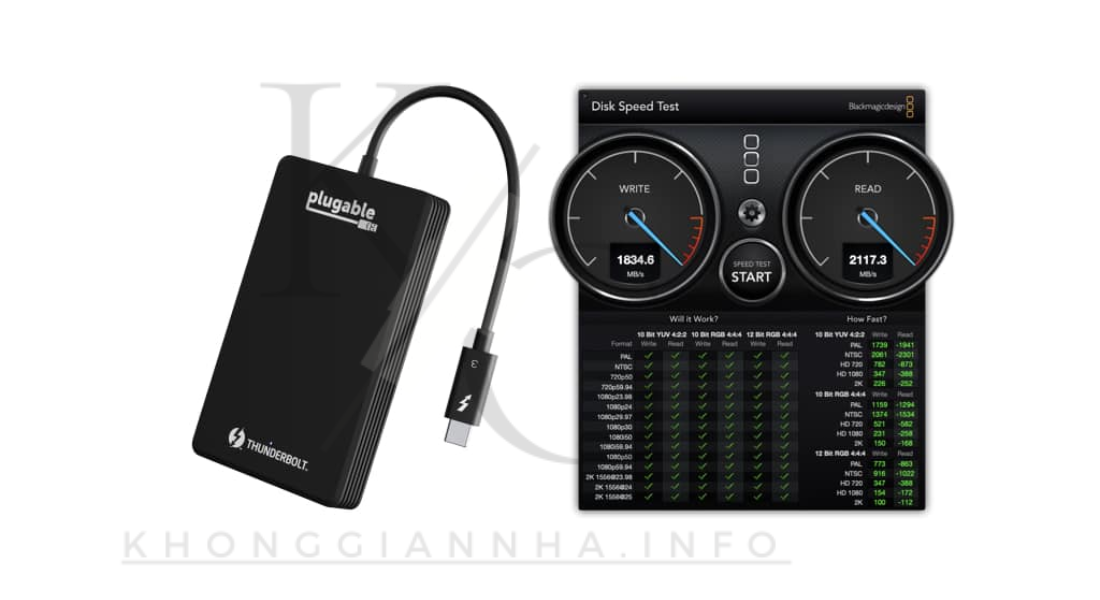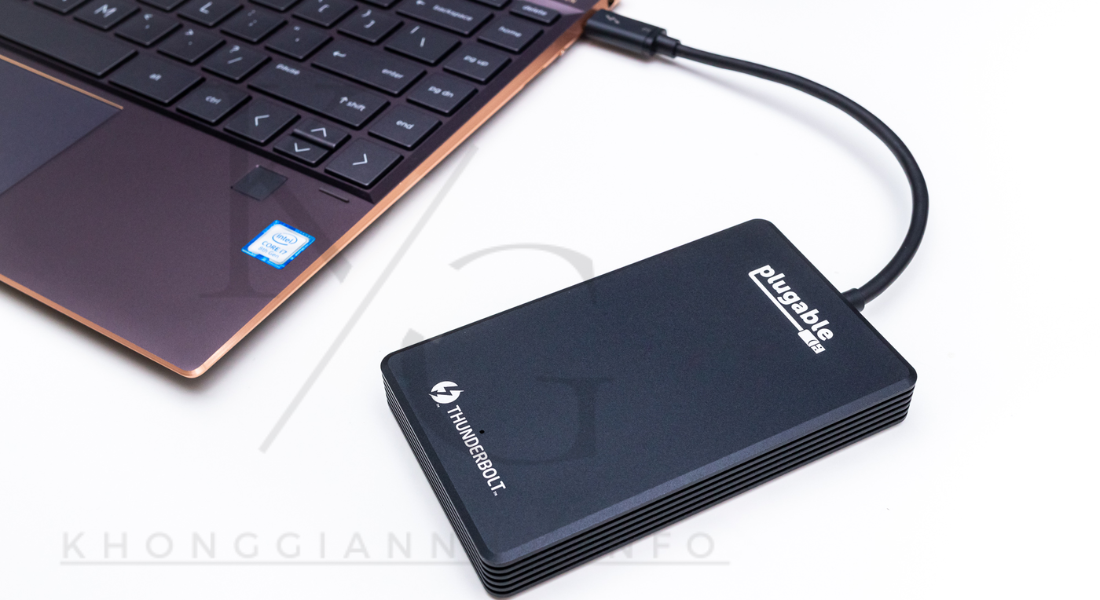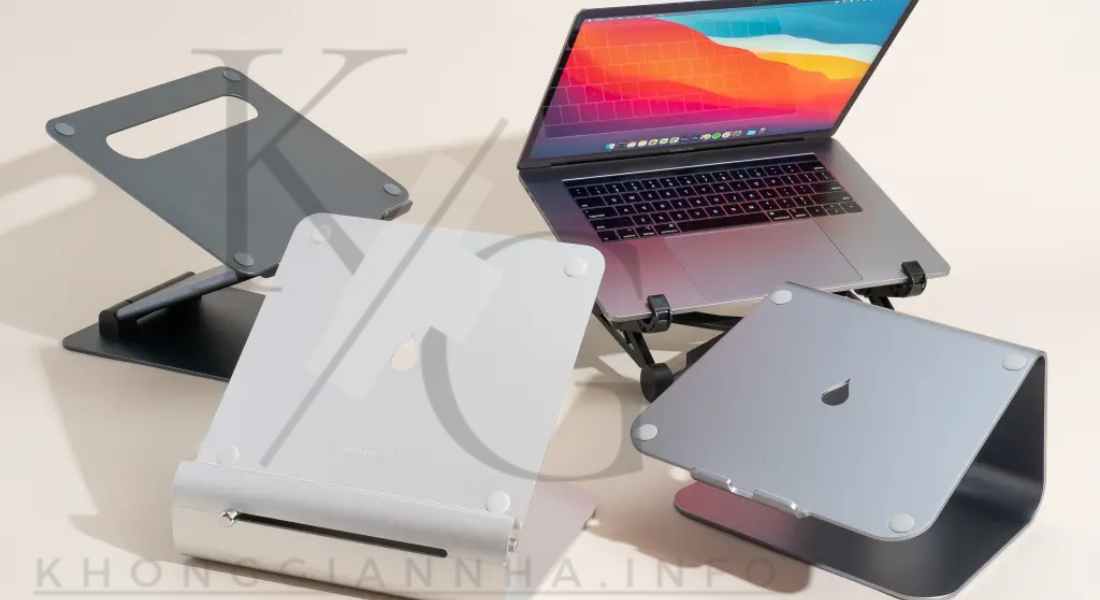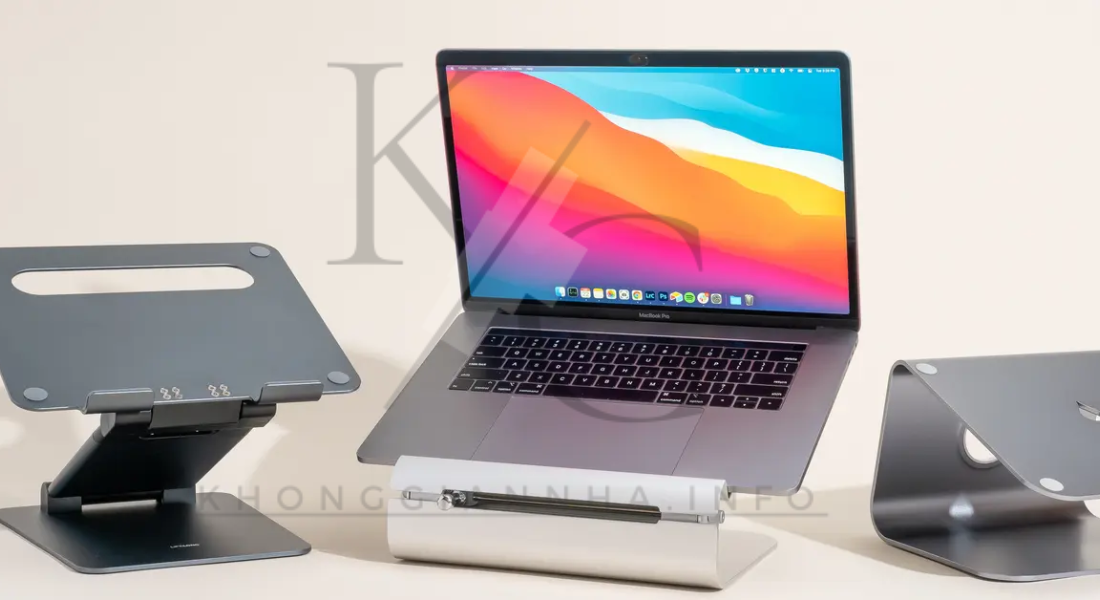Understanding External Hard Drive Speed Test: How to Optimize Your Data Transfer Rates
External hard drives are essential tools for anyone who needs extra storage space, whether for personal use or work. However, just having an external hard drive isn’t enough if its performance isn’t up to par. When choosing an external hard drive, one of the most important factors to consider is speed. The speed at which data is transferred to and from the device can significantly impact your productivity and user experience. That’s where an external hard drive speed test comes in.
In this guide, we will explore how to perform an external hard drive speed test, the factors that affect its performance, and how to optimize the speed of your device to ensure smooth and efficient data transfer. Whether you’re a casual user or a professional, understanding your external hard drive’s speed can help you make better storage decisions and optimize your workflow.
What is an External Hard Drive Speed Test?
An external hard drive speed test measures how fast data can be read from and written to your external hard drive. This test is important for understanding the drive’s performance and helps in diagnosing issues that might arise, such as slow data transfers or unexpected errors during backup processes.
Why is Testing External Hard Drive Speed Important?
Before diving into how to perform an external hard drive speed test, it’s essential to understand why it matters:
- Performance Insights: A speed test helps you determine whether your drive performs as expected, whether it’s an older hard disk drive (HDD) or a newer solid-state drive (SSD).
- File Transfer Efficiency: The speed of the external hard drive directly affects how long it takes to transfer files, back up data, or load programs. Slow transfer speeds can cause delays in daily tasks.
- Troubleshooting: If your external hard drive is unusually slow, running a speed test can help pinpoint whether the problem lies with the drive itself or other external factors, such as the cables or ports.
Factors That Affect External Hard Drive Speed
Understanding the different factors that impact the speed of your external hard drive is key to interpreting your test results. These factors can include:
- Type of Drive:
- HDD (Hard Disk Drive): Traditional HDDs are mechanical and typically slower than SSDs. They use spinning disks to read and write data, which can create delays.
- SSD (Solid-State Drive): SSDs use flash memory to store data, offering faster read and write speeds compared to HDDs. If you’re looking for speed, an SSD is usually the better option.
- Connection Type:
- USB 2.0: One of the oldest and slowest connections, with transfer speeds capped at 480 Mbps.
- USB 3.0/3.1: Provides faster data transfer speeds, reaching up to 5-10 Gbps, depending on the version.
- USB-C: Offers even faster speeds, especially when used with the USB 3.1 or Thunderbolt 3 protocols.
- Thunderbolt 3: The fastest connection for external hard drives, with speeds up to 40 Gbps.
- Drive Health: As an external hard drive ages, its performance can degrade. Performing a speed test can help you determine if it’s time for a replacement or maintenance.
- File System:
- The file system used on the external hard drive (NTFS, exFAT, FAT32, etc.) can affect transfer speeds. For instance, NTFS tends to perform better on Windows, while exFAT is more compatible across different operating systems but may not always provide the same speed as NTFS.
- Computer’s Hardware: Your computer’s CPU, RAM, and available bandwidth can limit the speed of data transfer between your external hard drive and the device.
How to Perform an External Hard Drive Speed Test
Performing an external hard drive speed test is simple, and there are several ways to do it. Below are some of the most common methods for testing the speed of your external hard drive.
1. Using Built-In Tools (Windows and Mac)
Both Windows and MacOS offer built-in tools that can be used for basic speed testing:
- On Windows:
- Open the “This PC” window and locate your external hard drive.
- Right-click on the drive and select “Properties.”
- Under the “Tools” tab, click on “Optimize” or “Check” to run a basic test for errors and optimization.
While this tool doesn’t measure speed directly, it can identify issues that may affect the drive’s performance.
- On MacOS:
- Open “Disk Utility.”
- Select the external hard drive and click on “First Aid” to repair the drive, if needed. This tool doesn’t measure speed but can help troubleshoot issues that could affect performance.
2. Using Speed Test Software
For a more precise test, you can use third-party software designed for measuring external hard drive speeds:
- CrystalDiskMark (Windows): This popular tool provides a detailed speed test, showing read and write speeds in sequential and random tests. It’s free and straightforward to use.To use CrystalDiskMark:
- Download and install the software.
- Select the external hard drive you wish to test.
- Click “All” to start the speed test.
- Blackmagic Disk Speed Test (MacOS): This free app is a great choice for Mac users. It tests the read and write speeds in real-time and provides a visual graph of performance.To use Blackmagic Disk Speed Test:
- Download from the Mac App Store.
- Open the application and choose your external hard drive.
- Press “Start” to begin testing the speed.
These programs offer more accurate and in-depth results, allowing you to see both the sequential and random read/write speeds of your external hard drive.
3. Using Command Line (Advanced)
For users who are comfortable with command-line tools, there are advanced methods to test speed. On Windows, you can use the winsat command, and on MacOS, you can use the dd command.
- Windows: Open Command Prompt and type:
This will perform a speed test on the selected drive.
- MacOS: Open Terminal and use:
This command writes a file of 1 GB to the external drive and measures the speed of the write process.
Interpreting Your External Hard Drive Speed Test Results
When you run a speed test, you’ll be presented with results showing both read and write speeds. These are usually measured in megabytes per second (MB/s). Here’s how to interpret them:
- Read Speed: This measures how quickly the external hard drive can retrieve data from the drive.
- Write Speed: This measures how fast the drive can store data.
A typical HDD might have a read/write speed around 100-150 MB/s, while an SSD can range from 400 MB/s to 1000 MB/s or more, depending on the type and connection.
If your results are significantly lower than the expected speeds for your type of drive and connection, it could indicate a problem. Common causes include:
- Faulty cables or ports
- A failing external hard drive
- A slow computer or insufficient system resources
- An outdated driver or software
Optimizing Your External Hard Drive Speed
To get the best performance out of your external hard drive, here are a few tips:
- Use the Right Connection: Always use the fastest connection available, such as USB 3.0 or USB-C. If your computer supports Thunderbolt, consider investing in a Thunderbolt-compatible external drive for the best speeds.
- Keep Your Drive Healthy: Regularly check the health of your external hard drive. Use tools like CrystalDiskInfo (for Windows) to monitor the drive’s health status and detect potential problems before they become critical.
- Defragment Your HDD: If you’re using an HDD, occasional defragmentation can help improve performance. This is not necessary for SSDs, as they work differently.
- Update Drivers: Ensure that your device drivers and firmware are up to date to avoid bottlenecks and improve compatibility with newer technologies.
- Use the Correct File System: Make sure the file system on the external drive is optimized for your operating system (e.g., NTFS for Windows, HFS+ or APFS for MacOS).
Conclusion
An external hard drive speed test is a simple yet effective way to measure the performance of your device. By understanding the factors that influence your drive’s speed and using the right tools to perform the test, you can make more informed decisions about your storage needs. Whether you’re transferring large files or backing up your system, having a fast external hard drive can significantly enhance your experience.
If you notice poor performance after running the test, consider troubleshooting potential issues with the drive, cables, or connections. By keeping your external hard drive in top shape and optimizing for speed, you can ensure fast, reliable performance for all your data transfer needs.















Post Comment